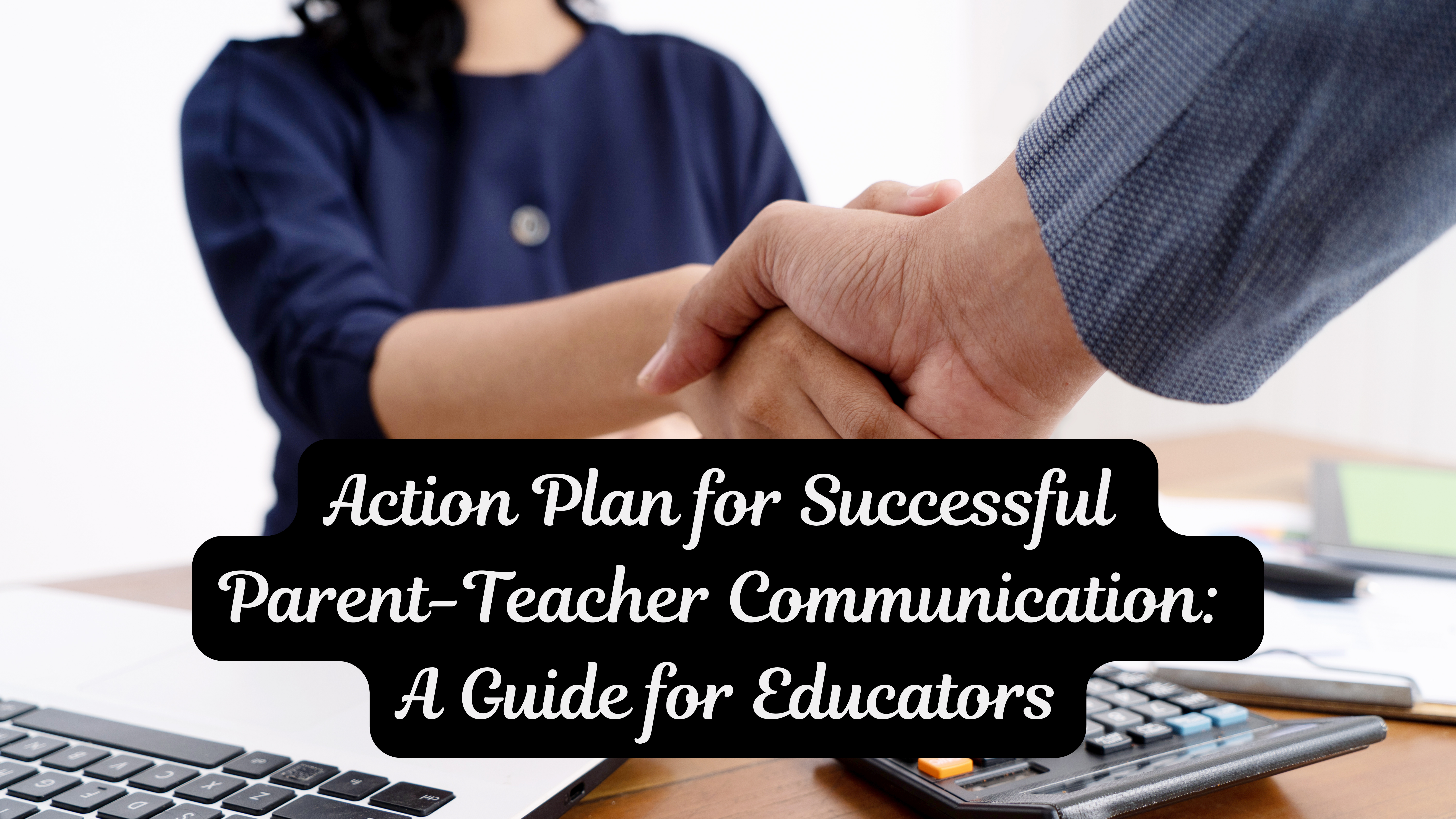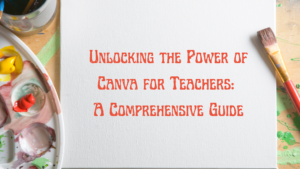Introduction:
After reflecting on this past school year, I recognized a weakness in my teaching: building strong, positive teacher-parent communication. As educators, we understand the immense impact that strong communication between teachers and parents can have on a student’s academic success and overall well-being. By nurturing meaningful connections with parents, we can create a supportive and collaborative learning environment that uplifts both students and educators. In this blog post, we will delve into the importance of effective parent-teacher communication and provide practical tips for creating lasting bonds with the parents of your students. Let’s embark on the path to cultivating remarkable home-school partnerships together!
Section 1: The Power of Partnership
Forming a strong partnership between teachers and parents is like a dynamic duo working towards a common goal – the success of the student. Open lines of communication allow us to share valuable insights about a student’s progress, behavior, and unique strengths and weaknesses. As educators, we have the privilege of spending several hours each day with our students, witnessing their growth and challenges firsthand. On the other hand, parents possess a wealth of knowledge about their child’s upbringing, personality, and home environment. By combining these perspectives, we gain a comprehensive understanding of each student, enabling us to tailor our teaching approach to meet their individual needs.
The benefits of a strong teacher-parent partnership extend beyond academics. When parents and teachers collaborate, they create a united support system for the student. This support system not only helps students navigate through academic challenges but also assists in addressing personal or social issues that may affect their learning journey. A child who witnesses their parents and teachers working together feels valued and encouraged, instilling a sense of motivation and self-belief that fuels their success.
Section 2: Bridging the Gap – Effective Communication Channels
Now that we’ve established the importance of building connections with parents, let’s explore some effective communication channels to bridge the gap between the classroom and home. Traditional methods such as parent-teacher conferences and progress reports remain valuable, but we can enhance communication using modern tools as well.
Virtual Classroom Portals: Many schools now offer virtual classroom portals where teachers can post assignments, grades, and class announcements. Encourage parents to regularly check these portals to stay informed about their child’s academic performance and upcoming events.
Personalized Emails: Reach out to parents with personalized emails to celebrate their child’s achievements or address any concerns you may have noticed in the classroom. Use a warm and approachable tone to make parents feel comfortable discussing their child’s progress.
Classroom Newsletters: Create regular classroom newsletters that highlight recent activities, projects, and upcoming events. Include pictures and anecdotes to give parents a glimpse into their child’s daily school life.
Section 3: The Art of Active Listening
Effective communication is a two-way street, and active listening is the fuel that keeps it flowing smoothly. When engaging with parents, remember that they are more than just passive recipients of information. Take the time to actively listen to their thoughts, concerns, and feedback. Show genuine interest in what they have to say and maintain an open mind. Parents who feel heard and respected are more likely to engage in productive conversations that benefit the student’s growth.
During parent-teacher conferences or meetings, make sure to set aside distractions and focus solely on the conversation at hand. Paraphrase their concerns to ensure you understand them correctly and ask for clarification if needed. Acknowledge their perspectives, even if you may not fully agree, as this fosters a collaborative atmosphere where both parties feel valued and understood.
Section 4: Empathy and Understanding
Empathy is the cornerstone of building meaningful connections with parents. As educators, we must recognize that each family has its unique challenges and circumstances that may affect a student’s performance and behavior. By approaching conversations with empathy and understanding, we create a safe space for parents to share their concerns openly.
Consider the diverse backgrounds of your students and their families. Be mindful of cultural differences that may influence communication styles and values. Treat each family with the same level of respect, regardless of their background or socio-economic status. When parents sense that you genuinely care about their child’s well-being and success, they will be more willing to collaborate and work towards common goals.
Section 5: Celebrate Successes Together
As much as it is essential to address challenges, celebrating successes is equally important. Take the time to acknowledge and appreciate the progress your students make academically, socially, or emotionally. Share these achievements with parents, praising their child’s efforts and growth. This positive reinforcement not only boosts a student’s confidence but also strengthens the bond between parents, teachers, and students.
Section 6: An Action Plan for a Positive Start
1. Warm Welcome:
Start the year with a warm and inviting atmosphere by sending a personalized welcome letter or email to parents introducing yourself as their child’s teacher. Share your teaching philosophy, experience, and enthusiasm for the upcoming year while expressing eagerness to work together as partners in their child’s education.
2. Early Positive Feedback:
Within the first few weeks, identify each student’s strengths and accomplishments. Share these early positives with parents through a quick email or note, letting them know how their child is making a positive impact in the class and expressing excitement for their continued growth.
3. Regular Communication:
Establish a routine for communication, providing weekly or bi-weekly updates on classroom activities, upcoming assignments, and important dates. Address concerns promptly and celebrate achievements together, fostering trust and engagement with parents.
4. Parent-Teacher Conferences:
Schedule formal parent-teacher conferences to discuss a student’s academic performance, social development, and any specific concerns. Come prepared with examples of the student’s work and progress, encouraging parents to share their insights as well.
5. Utilize Technology:
Leverage virtual classroom portals and other communication platforms to share grades, assignments, class updates, and foster effective communication between school and home.
6. Parent Engagement Events:
Organize parent engagement events, such as workshops and family-oriented activities, to encourage participation, build a sense of community among parents, and strengthen the bond between teachers and families.
By implementing this action plan, you lay the foundation for a positive and effective partnership with parents, ensuring their engagement in their child’s education and reinforcing your commitment to their success. Adapt and tailor your communication style to meet individual needs, fostering an environment of trust and collaboration for a thriving learning community.
Conclusion:
Fostering strong communication with parents is not just a responsibility but a privilege that comes with being an educator. Building trusting relationships with parents allows us to create a powerful support system for our students, guiding them toward a successful and fulfilling educational journey. Embrace the power of partnership, explore various communication channels, practice active listening, and approach conversations with empathy and understanding. By working hand-in-hand with parents, we can nurture a thriving learning environment where students can flourish and reach their true potential. Together, we can make a significant difference in the lives of our students, paving the way for a brighter future.
If you enjoyed this or found anything useful, please join our Facebook Group, watch our content on our YouTube Channel, peruse classroom resources at our TeachersPayTeachers Store, or rep’ some merchandise from our Redbubble Store.



